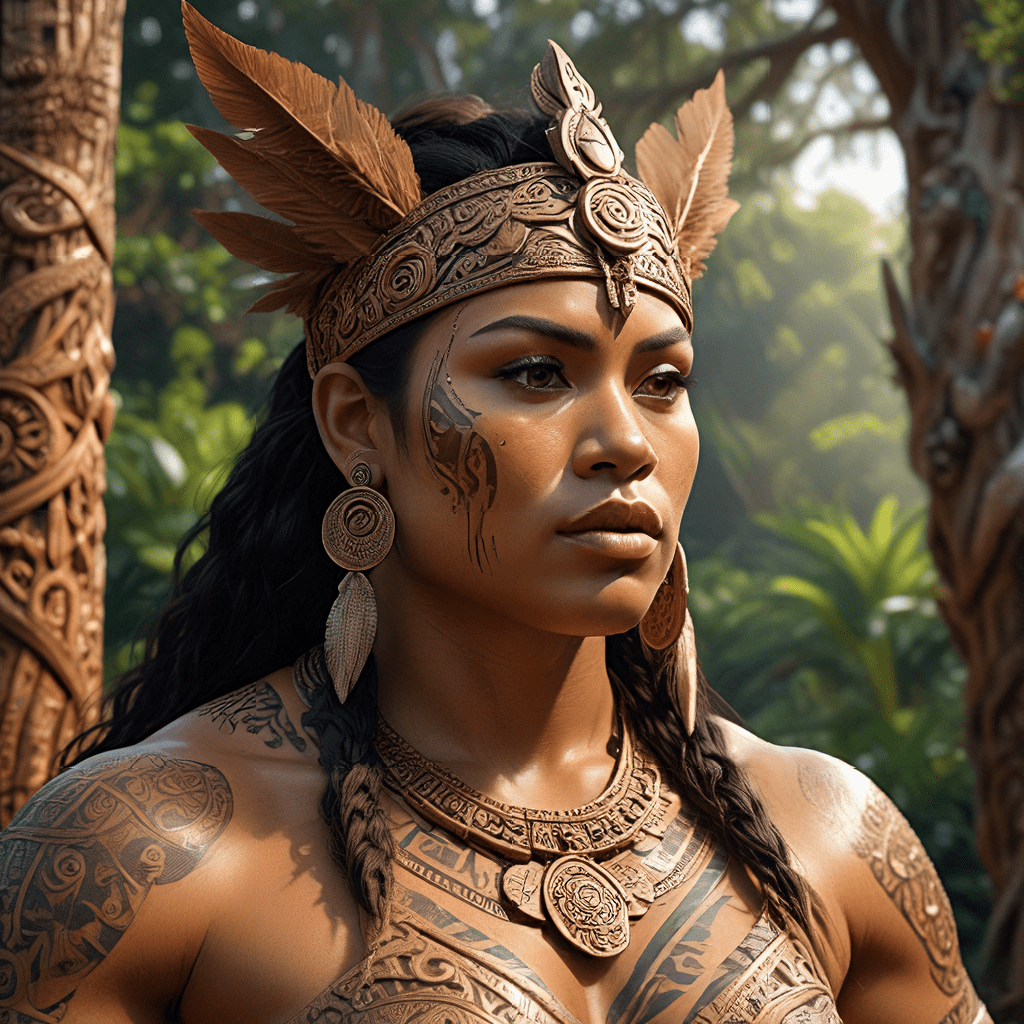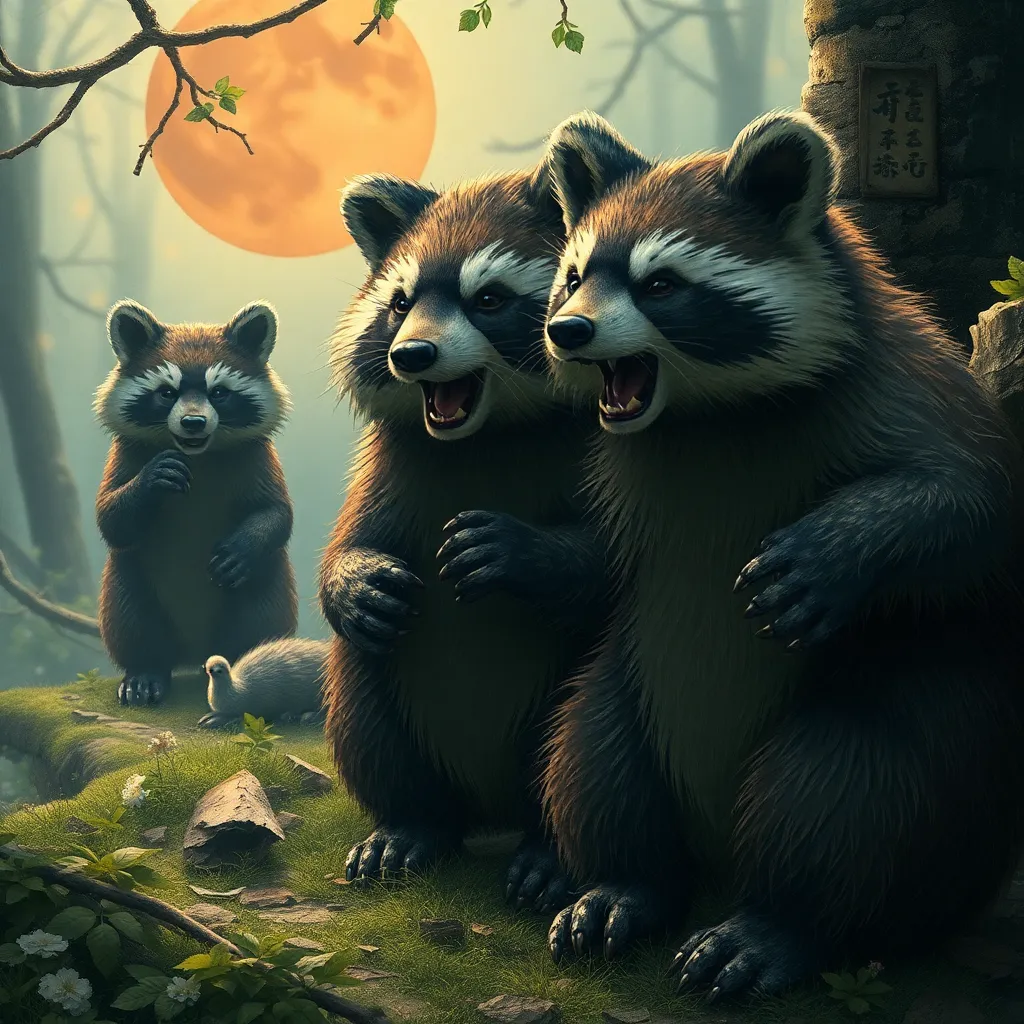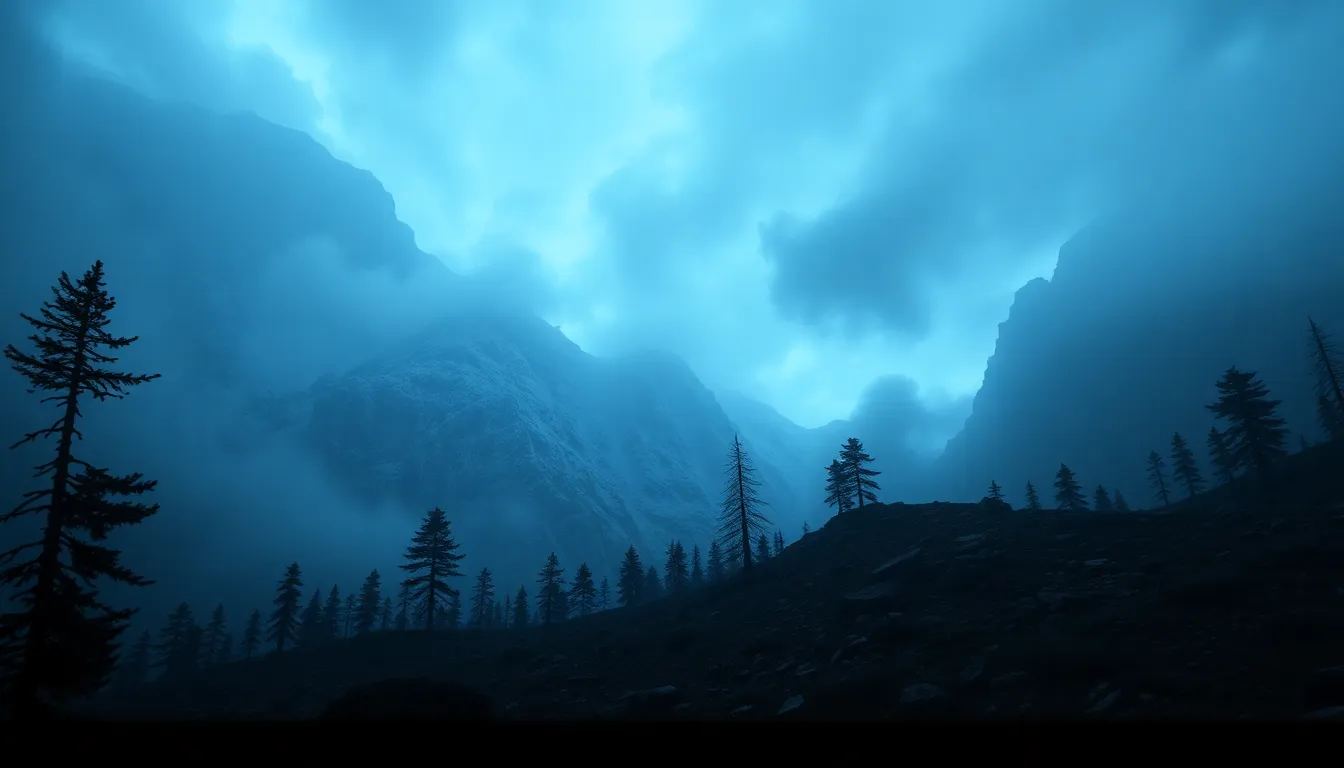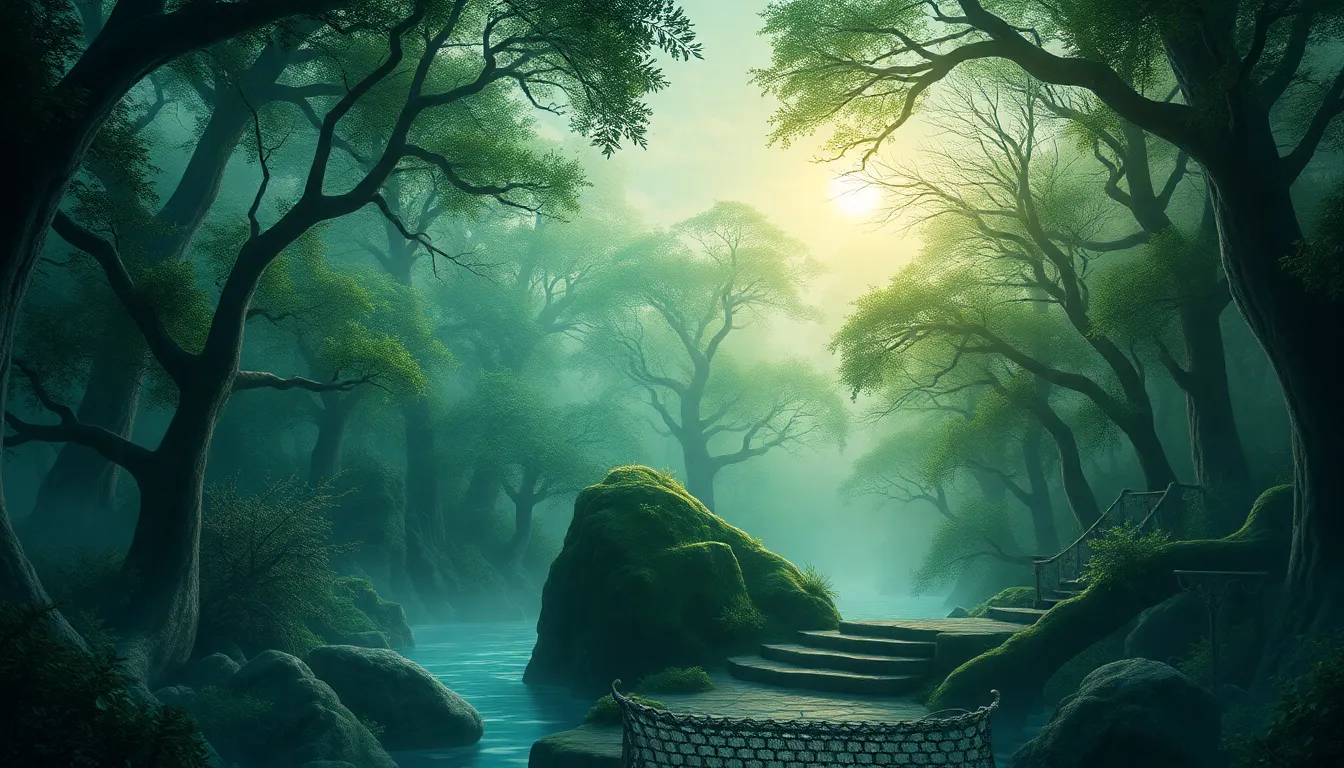Maori Mythology: Shaping Art and Literature
The Origins of Maori Mythology
Maori mythology, a rich tapestry of stories, beliefs, and traditions, holds a profound place in the cultural identity of the Maori people of New Zealand. It originated from the oral traditions passed down through generations, shaping their understanding of the world and their place within it. These stories, often narrated in vibrant detail, were not mere entertainment but served as a powerful tool for education, moral guidance, and social cohesion.
The foundation of Maori mythology lies in the creation myth, which narrates the journey of the ancestors from the mythical homeland of Hawaiki to Aotearoa (New Zealand). This epic tale, filled with mythical figures and celestial events, explains the origins of the land, its features, and the Maori people themselves. The creation myth is a cornerstone of Maori cosmology, providing a framework for understanding the natural world and the interconnectedness of all things.
Beyond the creation myth, Maori mythology encompasses a vast array of stories about gods, heroes, spirits, and mythical creatures. These narratives explore themes of life, death, love, war, and the human condition. They often feature powerful metaphors and allegorical symbols that offer profound insights into the Maori worldview.
Key Figures and Stories of Maori Mythology
Maori mythology is populated by a vibrant cast of characters, each embodying specific qualities and playing a vital role in the unfolding of events. One of the most prominent figures is Tāne Mahuta, the god of the forest and the creator of humanity. He is revered for his role in bringing life to the earth and his connection to the natural world.
Another important figure is Rangi, the sky father, and Papa, the earth mother. Their story of separation, triggered by their children's desire for independence, is a central theme in Maori mythology. It symbolizes the struggle for freedom and the eternal dance between the celestial and the terrestrial.
Among the many captivating stories in Maori mythology, the tale of Maui is particularly renowned. Maui, a trickster god and cultural hero, was known for his daring feats and his ability to manipulate the natural world. He is credited with fishing up the North Island of New Zealand, slowing down the sun, and bringing fire to humanity. His stories celebrate resourcefulness, courage, and the power of human ingenuity.
Other key figures in Maori mythology include the goddess of the sea, Tangaroa; the god of war, Tu; and the goddess of the underworld, Hine-nui-te-pō. Each of these deities plays a significant role in shaping the Maori worldview and understanding of the cosmos.
Themes and Motifs in Maori Mythology
Maori mythology is rich in themes and motifs that reflect the values, beliefs, and aspirations of the Maori people. One of the most prominent themes is the interconnectedness of all things. This concept is evident in the creation myth, where the land, the sky, and the people are all intertwined. It also underscores the importance of respecting the environment and living in harmony with nature.
Another central theme is the duality of existence, represented by the separation of Rangi and Papa. This concept highlights the constant tension between opposing forces, such as light and darkness, creation and destruction.
The concept of mana, a spiritual power or force, is also significant in Maori mythology. Mana is associated with leadership, authority, and the ability to influence events. It is often depicted as a powerful energy that flows through the world, influencing everything from the growth of crops to the outcome of battles.
Whakapapa, the lineage system that connects individuals to their ancestors, is a vital aspect of Maori culture and is deeply embedded in their mythology. Whakapapa provides a sense of identity and belonging, linking each generation to the past and shaping their understanding of the present.
Maori Mythology in Traditional Art Forms
Maori mythology has found powerful expression in traditional art forms, such as carving, weaving, and storytelling. Carvings, often found on meeting houses, canoes, and other significant objects, depict scenes from mythology, representing deities, ancestors, and important events. These intricate carvings, celebrating the art of storytelling, are not just decorative but serve as a visual record of the Maori worldview and their connection to the past.
Weaving, another integral art form, is often used to tell stories from Maori mythology. The intricate designs and patterns woven into garments, mats, and baskets convey complex narratives and symbolic meanings.
Traditional storytelling, passed down through generations, plays a crucial role in preserving and transmitting Maori mythology. These narratives, often accompanied by song, dance, and gestures, bring the stories to life and ensure their continued relevance to the present.
Maori Mythology in Contemporary Art
Contemporary Maori artists continue to draw inspiration from their ancestral heritage, reinterpreting themes and motifs from mythology in modern art forms. They explore the complex relationship between tradition and modernity, challenging colonial narratives and reclaiming their cultural identity.
Contemporary art often combines traditional techniques with modern materials and concepts, creating innovative and thought-provoking works. This revitalization of Maori mythology in contemporary art reflects its enduring power and its ability to adapt to changing times.
The Influence of Maori Mythology in Literature
Maori mythology has profoundly influenced New Zealand literature, shaping themes, characters, and storytelling styles. From early colonial works to contemporary novels, Maori myths and legends have provided rich inspiration for writers exploring themes of identity, belonging, and the relationship between humans and the natural world.
One early example of Maori mythology's influence in literature is the work of John A. Māngere, a Māori writer and activist. His writings, particularly his novel "The Whare Ra", explore the themes of survival, resilience, and the enduring power of cultural identity through the lens of Maori mythology.
The work of Witi Ihimaera, a renowned New Zealand writer, showcases the impact of Maori mythology in contemporary literature. His novels, like "The Whale Rider," seamlessly integrate mythical elements with contemporary narratives, exploring themes like cultural continuity, gender roles, and the importance of ancestral wisdom.
Many New Zealand writers use Māori mythology as a foundation for exploring diverse themes. Patricia Grace, known for her powerful stories about Māori women, often incorporates elements of mythology to convey the strength and resilience of her characters. Keri Hulme, the author of the acclaimed novel "The Bone People," blends Maori mythology with European folklore, creating a unique and evocative narrative. These works demonstrate the continued relevance of Māori mythology in contemporary literature and its ability to inspire diverse perspectives.
The Role of Maori Mythology in National Identity
Maori mythology plays a central role in shaping the national identity of New Zealand. It provides a sense of shared history, culture, and values that bind together the Maori and non-Maori populations. These stories offer a window into the ancestral past, providing a common ground for understanding the unique character of New Zealand society.
The influence of Maori mythology is evident in various aspects of New Zealand's cultural landscape, including its national symbols, artworks, and cultural events. The iconic image of the silver fern, a symbol of resilience and strength, is deeply rooted in Maori mythology, representing the power of the ancestors and the enduring spirit of the people.
The national anthem, "God Defend New Zealand," includes lyrics that acknowledge the land's Maori heritage, further emphasizing the importance of Maori mythology in shaping the national identity. The inclusion of these elements in national symbols and traditions reflects the deep connection between Maori mythology and the collective identity of New Zealand.
The Legacy of Maori Mythology in Modern Culture
Maori mythology has a lasting impact on modern culture, influencing everything from film and television to music and fashion. The enduring power of these stories stems from their ability to resonate with universal themes about love, loss, courage, and the human condition, making them relevant across generations and cultures.
In film and television, Maori mythology continues to inspire imaginative storytelling. Films like "Whale Rider," "The Dead Lands," and "The Luminaries" incorporate elements of Maori mythology, creating visually stunning narratives that explore the complexities of the Maori worldview. Television shows like "The Lord of the Rings" and "Avatar: The Last Airbender" have also drawn inspiration from Maori mythology, incorporating themes and motifs into their fantasy worlds.
Music and fashion also reflect the enduring influence of Maori mythology. Maori artists often incorporate themes from mythology into their music, blending traditional sounds with modern genres. The distinctive patterns and designs found in Maori art, such as the koru (spiral) and the tiki (human figure), have inspired fashion designers, who incorporate these motifs into their clothing and accessories.
The enduring presence of Maori mythology in modern culture showcases its powerful ability to transcend time and inspire creativity across different mediums. It serves as a reminder of the rich cultural heritage of the Maori people and their lasting contribution to the global cultural landscape.
The Preservation and Reinterpretation of Maori Mythology
Preserving and reinterpreting Maori mythology is crucial for ensuring its continued relevance and relevance to future generations. This involves a multi-faceted approach that includes:
Oral Tradition: Continuing the practice of oral storytelling, where elders and knowledge holders pass down traditional narratives to younger generations, ensuring the stories remain vibrant and relevant.
Recording and Documentation: Actively recording and documenting traditional stories, using contemporary mediums like video and audio recordings, to preserve the rich diversity of narratives for future generations.
Modern Interpretations: Encouraging contemporary artists, writers, and filmmakers to reinterpret Maori mythology in innovative ways, ensuring its relevance to modern audiences. This includes creating works that engage with contemporary issues while respecting the traditional values and beliefs.
Community Engagement: Creating platforms for community discussions and workshops where individuals can share their knowledge and perspectives on Maori mythology, fostering a sense of ownership and responsibility for its preservation.
Education and Outreach: Integrating Maori mythology into educational curricula, making it more accessible to students and promoting a deeper understanding of Maori culture and history. This includes incorporating traditional narratives into school programs, museums, and cultural centers.
The Ongoing Relevance of Maori Mythology
Maori mythology continues to be relevant in the 21st century, offering powerful insights into human nature, the environment, and the importance of community. The stories offer timeless lessons about courage, resilience, and the power of connection that resonate with people across cultures and generations.
In a world increasingly focused on technology and rapid change, Maori mythology reminds us about the importance of preserving traditions, honoring ancestors, and respecting the natural world. It encourages us to connect with our past, to learn from the wisdom of our ancestors, and to build a more sustainable future.
Maori mythology offers a powerful framework for understanding the interconnectedness of all things, highlighting the importance of community, respect for the environment, and the pursuit of balance and harmony. These principles remain as relevant today as they were centuries ago, offering valuable guidance for navigating the challenges of the modern world.
FAQ
What is Maori mythology?
Maori mythology is a collection of stories, beliefs, and traditions passed down through generations of the Maori people of New Zealand. These stories explain the origins of the land, its features, and the Maori people themselves, shaping their understanding of the world.
Who are some key figures in Maori mythology?
Some key figures include Tāne Mahuta, the god of the forest and the creator of humanity; Rangi, the sky father; Papa, the earth mother; and Maui, a trickster god and cultural hero.
What are some themes found in Maori mythology?
Important themes include the interconnectedness of all things, the duality of existence, the concept of mana (spiritual power), and whakapapa (lineage system).
How is Maori mythology represented in art?
Maori mythology finds expression in traditional art forms like carving, weaving, and storytelling. Carvings depict scenes from mythology, while weaving incorporates intricate designs that convey narratives. Traditional storytelling brings the stories to life through song, dance, and gestures.
How is Maori mythology relevant today?
Maori mythology remains relevant by providing insights into human nature, the environment, and the importance of community. It offers timeless lessons about courage, resilience, and the power of connection, inspiring a sense of cultural identity and promoting understanding of the natural world.



